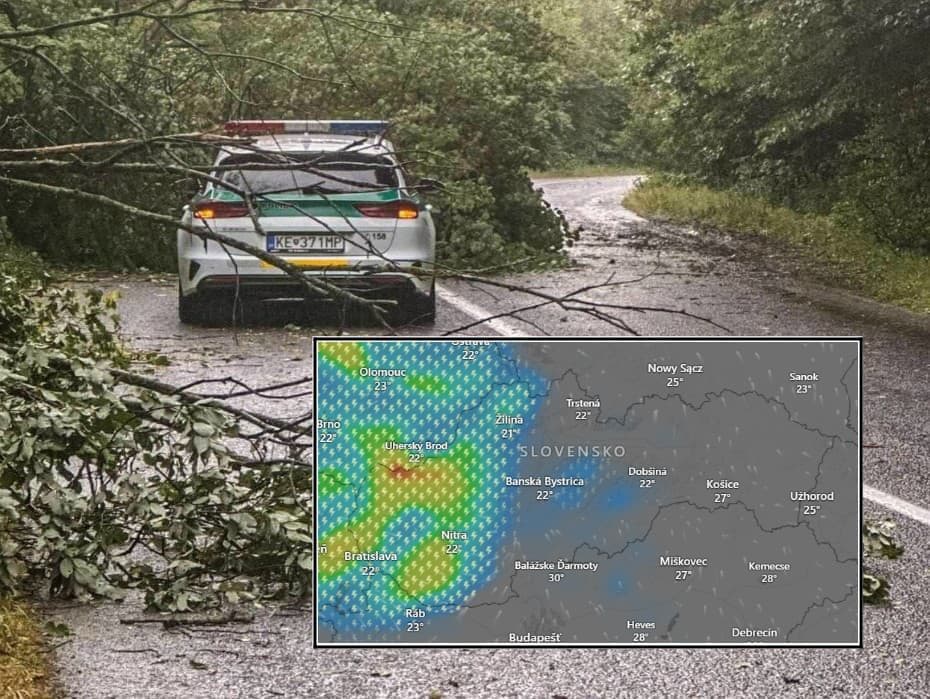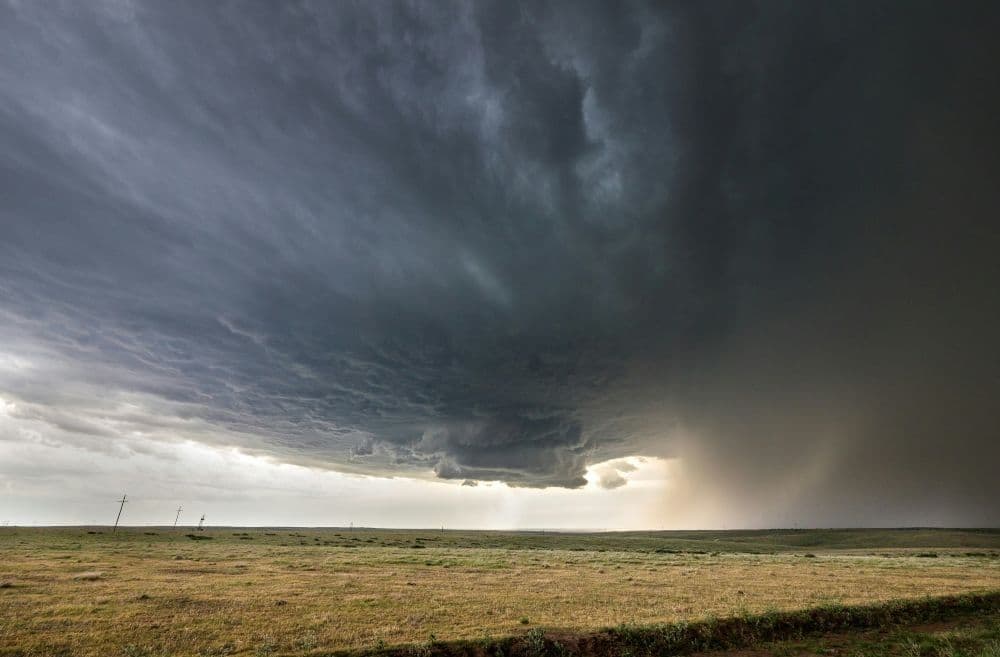Storm Sentinels: Unpacking ČHMÚ's Vital Warnings for Czech Weather Readiness
Explore ČHMÚ's crucial role in forecasting Czechia's intense summer storms. Gain insights into localized warnings, vital safety tips, and how climate intelligence protects communities.
Shifting Skies: Bohemia's Immediate Weather Outlook
As the Czech Republic braces for dynamic weather, the stands as the nation's primary source of vital atmospheric intelligence. Their latest forecasts paint a picture of fluctuating conditions across , particularly for the upcoming days. For Friday, the outlook suggests a transition from partly cloudy to overcast skies by late afternoon and evening, with temperatures comfortably ranging between 23 and 27 degrees Celsius. However, this pleasant warmth carries a caveat: the afternoon and evening are also expected to usher in localized, potentially severe thunderstorms, especially impacting the northern, western, and southwestern regions of . These storms could bring significant rainfall, with estimates around 40 millimeters, before gradually subsiding as night falls. Looking ahead to Saturday, a slight cooling trend is anticipated, with afternoon highs settling between 21 and 26 degrees. While the general cloud cover persists, the threat of localized, intense thunderstorms remains, again with the potential for substantial rainfall. 's timely warnings underscore the immediate need for public awareness and readiness in the face of these shifting atmospheric patterns.
Guardians of the Horizon: ČHMÚ's Precision in Predicting Peril
's role extends far beyond simple temperature readings; they are indeed the guardians of the horizon, offering precision in predicting perilous weather events. Their current low-danger level warnings for the , particularly for Friday and Saturday afternoons and evenings, highlight a sophisticated understanding of atmospheric dynamics. Meteorologists are not just forecasting rain; they're pinpointing specific areas like the , and outlining potential rainfall totals up to 40 liters per square meter. What makes these warnings so critical is the detailed insight into why certain areas face higher risks. For instance, the , , and are flagged for increased flood potential due to pre-existing soil saturation from earlier rainfall. Furthermore, experts note that the localized nature and slow movement of these storms could lead to even higher precipitation totals in specific spots. This level of granular detail, explaining the mechanisms behind the risk, empowers residents to understand the threat more deeply, fostering a proactive approach to safety rather than just a reactive one.
Navigating the Downpour: Essential Safety Measures and Community Resilience
With 's precise warnings in hand, navigating the anticipated downpours and storms becomes a matter of informed preparedness and community resilience. The institute's advisories are clear: flash floods are a significant concern, capable of inundating underpasses, subways, and cellars, and rapidly swelling small streams. Beyond water, the warnings extend to the dangers posed by wind, which can cause damage, and the threat of smaller hail and lightning. explicitly urges the public to prioritize safety, particularly by being vigilant against lightning strikes and injuries from falling objects, such as tree branches. This means avoiding unnecessary outdoor activities during peak storm hours, securing loose items around homes, and never attempting to drive or walk through flooded areas. While the immediate forecast calls for localized dangers, adherence to these straightforward safety guidelines can significantly mitigate risks. By heeding 's expert guidance, individuals and communities can collectively enhance their resilience, turning potential peril into manageable situations through shared awareness and timely action.
Climate's Embrace: Why Weather Intelligence is More Critical Than Ever
In an era defined by increasingly volatile weather patterns, the sophisticated weather intelligence provided by is not just beneficial; it's absolutely critical for the 's future. We are witnessing a global shift where extreme weather events, from intense heatwaves to sudden, severe storms, are becoming more frequent and unpredictable. This makes the detailed, localized forecasts and warnings from institutions like indispensable. Their capacity to identify areas at high risk due to factors like saturated soil, and to project rainfall intensity down to specific millimeters, forms the bedrock of national preparedness strategies. This isn't merely about knowing if it will rain; it's about understanding the impact of that rain on urban infrastructure, agricultural yields, and public safety. As the climate continues to evolve, 's role as a vigilant sentinel will only grow in importance, guiding policy decisions, informing emergency services, and empowering every citizen to adapt and thrive amidst nature's ever-changing embrace. Their insights are the compass navigating through the complexities of a dynamic climate.
Related Articles

Decoding Slovakia's Dynamic Skies: Inside SHMÚ's Urgent Weather Watch

Decoding Slovakia's Dynamic Skies: Inside SHMÚ's Urgent Weather Watch

Weather's New Imperative: How Forecasting Became Our Blueprint for Resilience

Weather's New Imperative: How Forecasting Became Our Blueprint for Resilience

Slovakia's Saturday Squall: Unpacking the Unexpected Turn of Summer Skies

Slovakia's Saturday Squall: Unpacking the Unexpected Turn of Summer Skies

Navigating Nature's Extremes: The Unseen Influence of Weather on Our Daily Fabric
